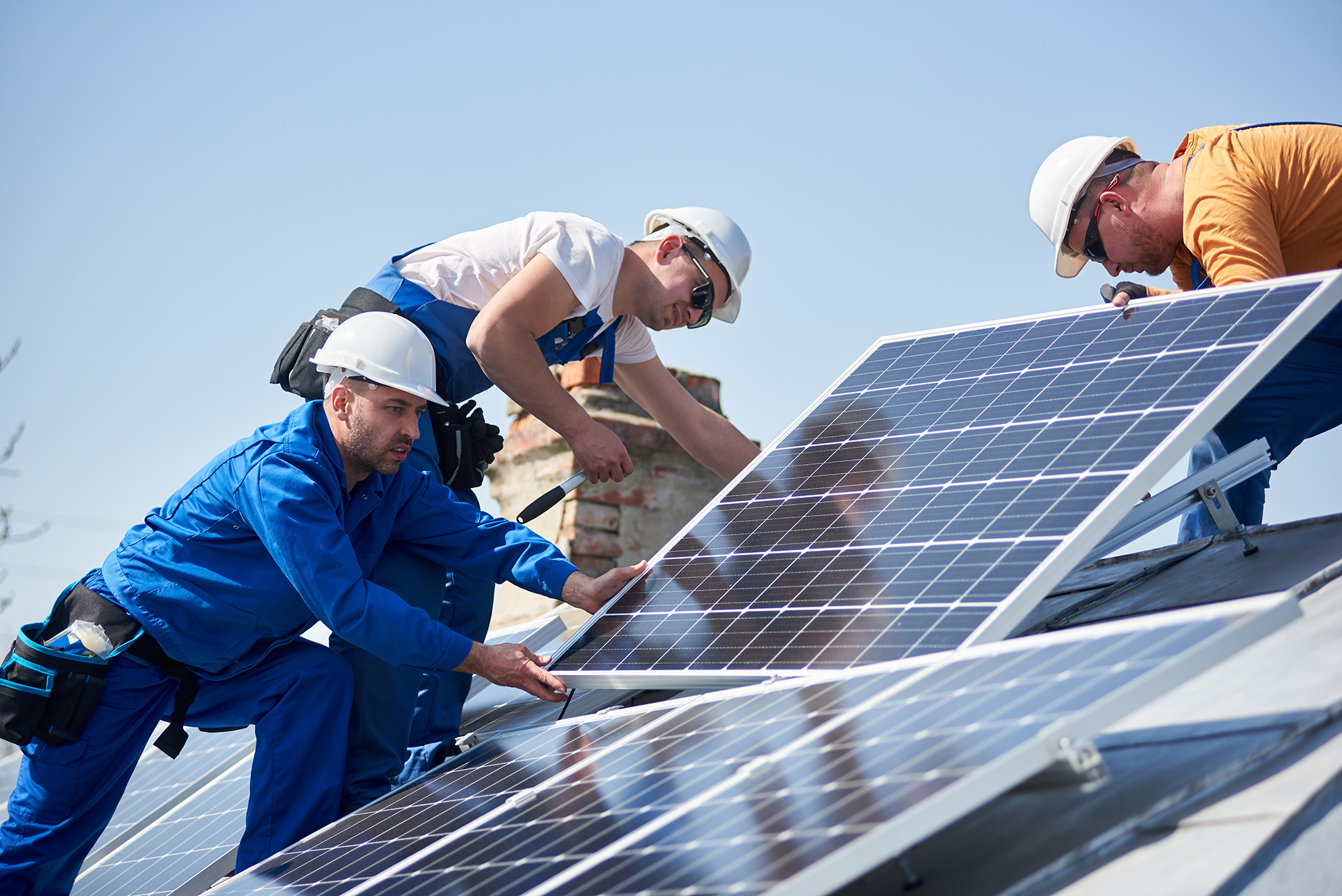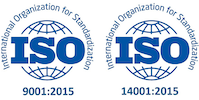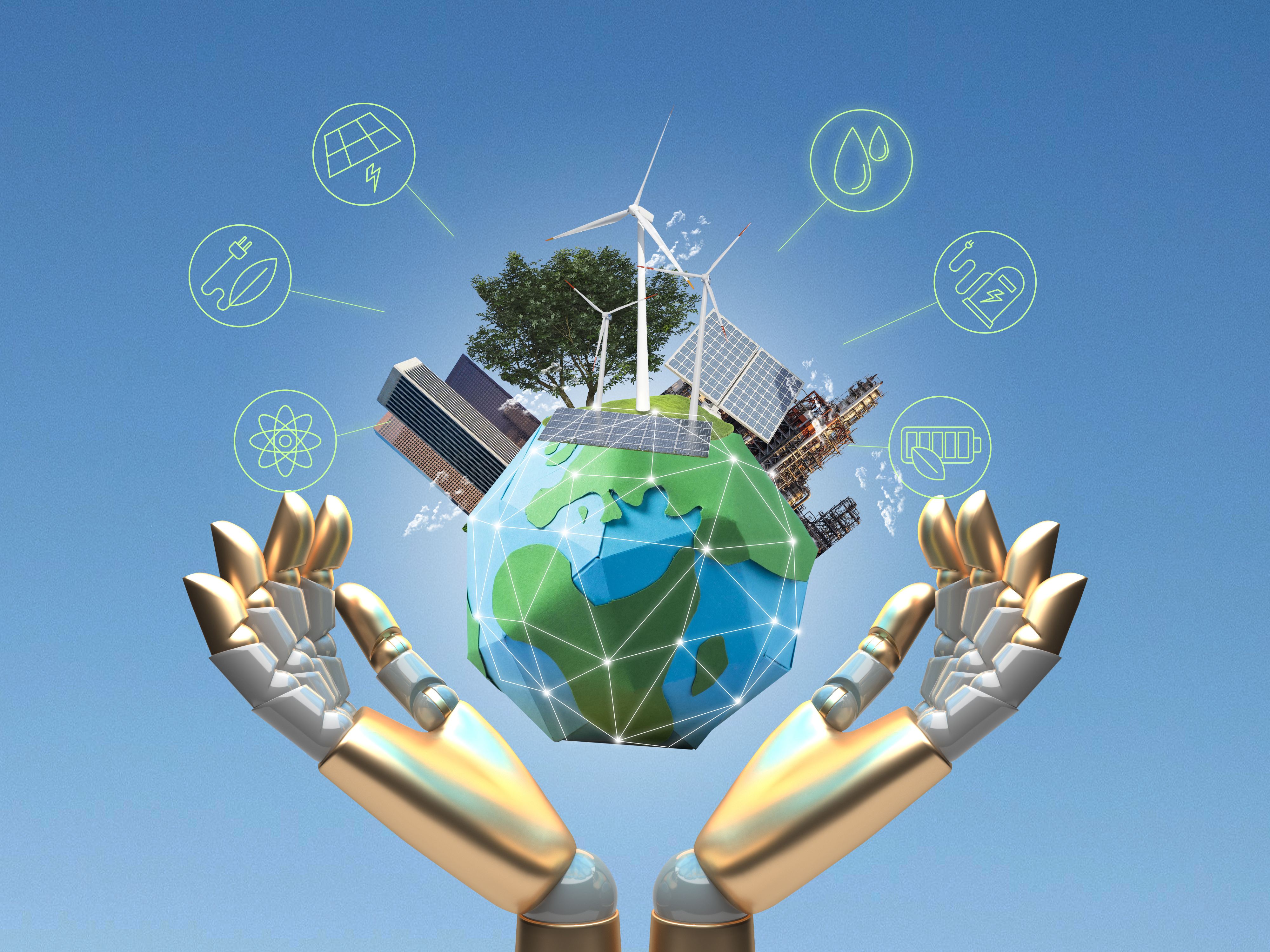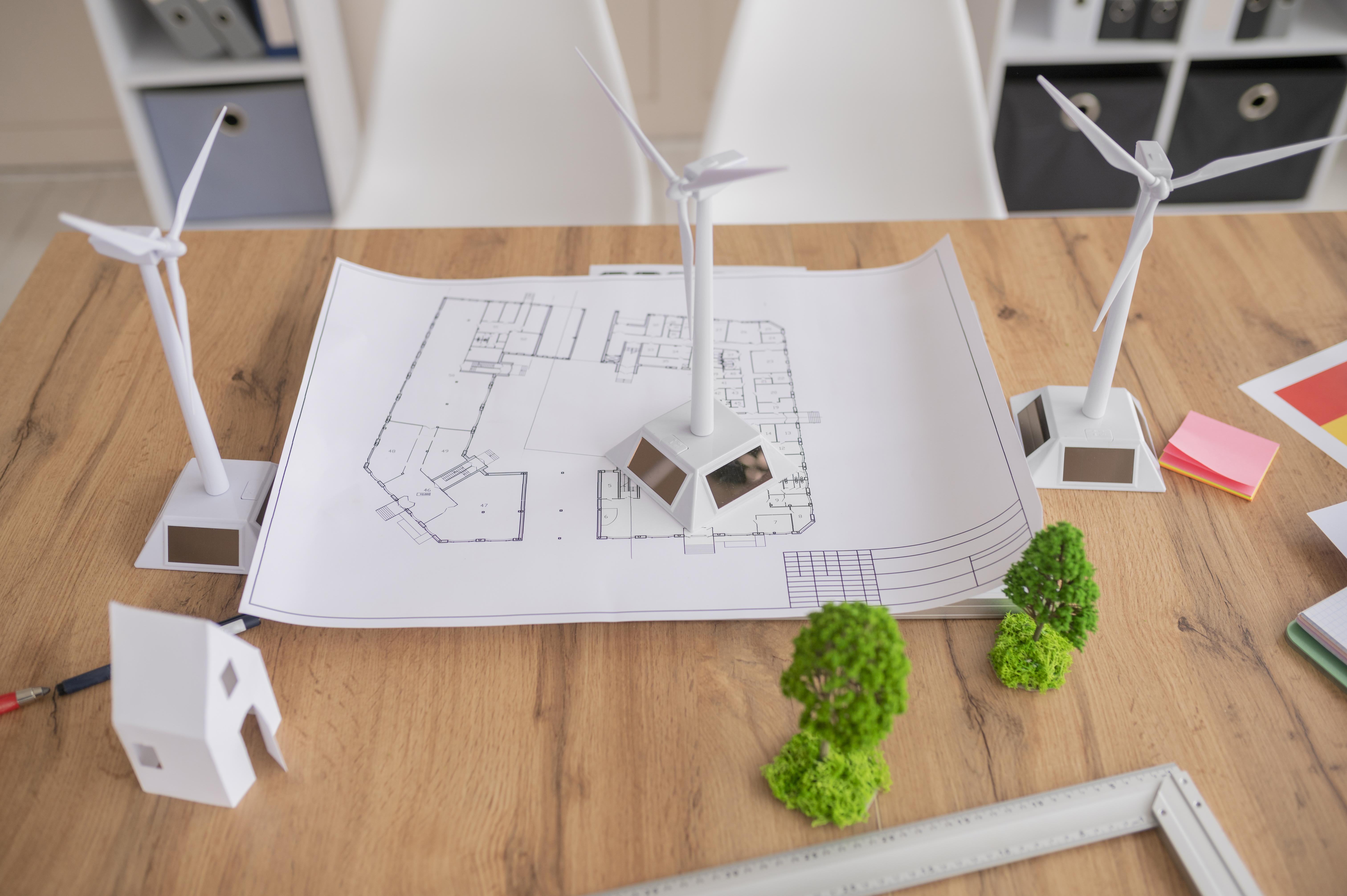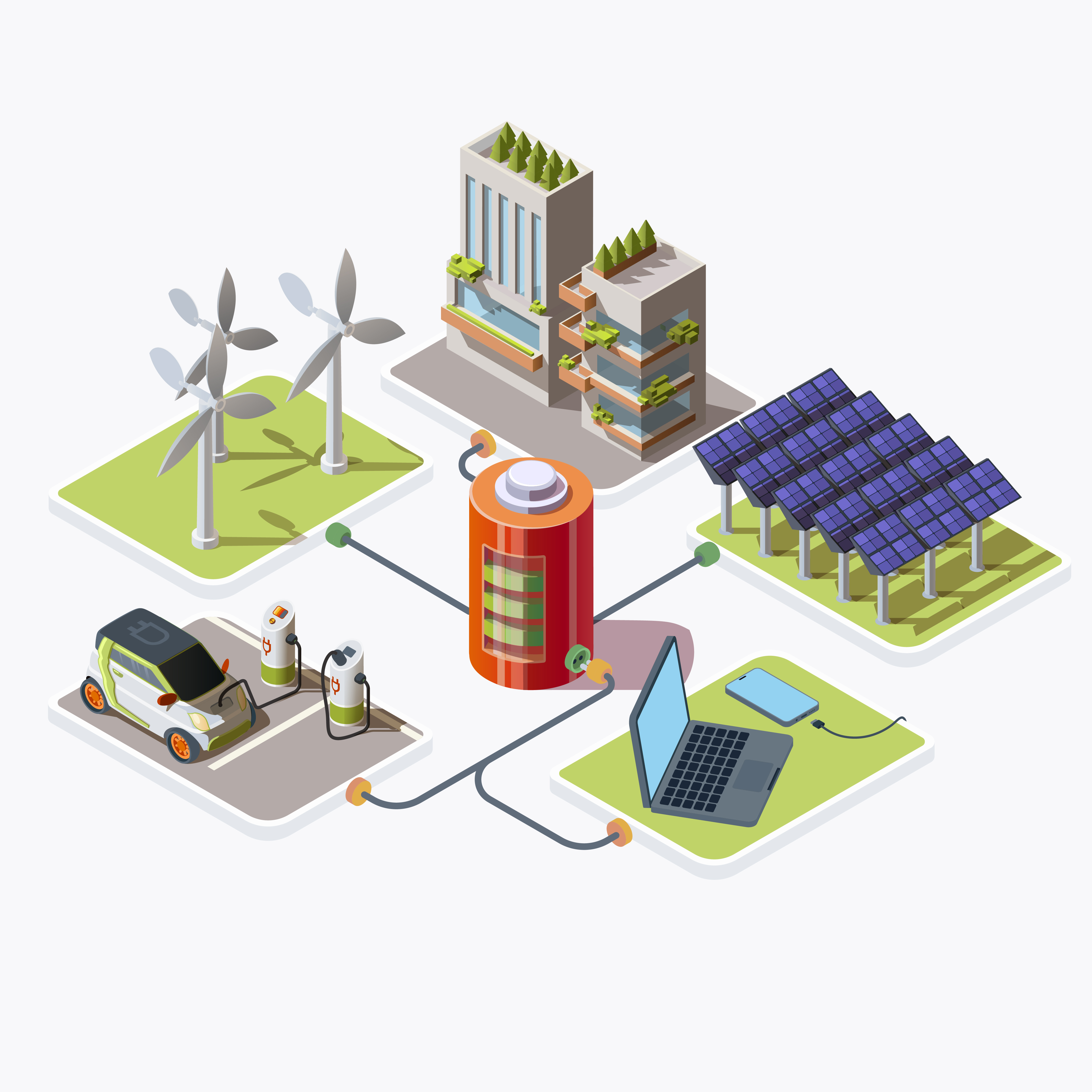Table of Contents
ToggleIntroduction
In today’s rapidly evolving technological landscape, the integration of renewable energy into smart homes haemerged as a pivotal solution to address energy sustainability and efficiency. This article delves into the various facets of this integration, exploring the benefits, challenges, technological innovations, case studies, and future outlook of renewable energy in smart home environments.
Renewable energy sources such as solar, wind, hydroelectric, geothermal, and biomass offer a sustainable alternative to traditional fossil fuels. Smart homes, equipped with interconnected devices and systems enabled by the Internet of Things (IoT) technology, optimize energy usage and enhance user comfort and convenience. Integrating these two domains holds immense potential in shaping a greener and more efficient future.
Understanding Renewable Energy Sources
Solar energy harnesses the power of sunlight through photovoltaic cells or solar thermal systems. Photovoltaic cells convert sunlight directly into electricity, while solar thermal systems utilize sunlight to heat water or air for residential use. Wind turbines capture kinetic energy from the wind and convert it into electricity. Onshore wind turbines are commonly installed on land, while offshore wind farms are situated in bodies of water for optimal wind exposure.
Hydroelectric power relies on the gravitational force of flowing or falling water to generate electricity. Dams and turbines control the flow of water to produce renewable energy. Geothermal energy taps into heat stored beneath the Earth’s surface. Geothermal heat pumps transfer heat from the ground to provide heating, cooling, and hot water for residential buildings. Biomass energy utilizes organic materials such as wood, agricultural residues, and municipal solid waste to produce heat, electricity, or biofuels. Biomass combustion, gasification, and anaerobic digestion are common conversion processes.
Benefits of Renewable Energy in Smart Homes
Renewable energy sources produce minimal greenhouse gas emissions, reducing the carbon footprint associated with energy consumption. By transitioning to renewable energy, smart homes contribute to mitigating climate change and preserving natural resources. Investing in renewable energy systems can lead to long-term cost savings for homeowners. With advancements in technology and declining costs of renewable energy equipment, the return on investment for solar panels, wind turbines, and other systems is becoming increasingly attractive.
By generating energy on-site or participating in community energy programs, smart homes gain greater control over their energy supply. This reduces reliance on centralized power grids and enhances energy security, especially during emergencies or grid outages.Renewable energy systems, coupled with smart home technologies, offer resilience against climate-related disruptions. Energy-efficient appliances, battery storage, and microgrid solutions enable homeowners to adapt to changing environmental conditions and maintain essential services.
Integration of Renewable Energy Technologies in Smart Homes
Installing solar panels on rooftops and pairing them with battery storage systems allows smart homes to generate and store electricity for later use. This combination enables energy independence and enables homeowners to optimize self-consumption and reduce reliance on the grid.Smart grids facilitate two-way communication between utility providers and consumers, enabling real-time monitoring and control of energy usage. Energy management systems analyze data from smart meters and IoT devices to optimize energy efficiency and minimize waste.
In areas with favorable wind conditions, small-scale wind turbines can supplement solar energy generation and contribute to overall energy resilience. Microgrids provide localized energy distribution and can operate independently or in conjunction with the main power grid. Geothermal heat pumps utilize stable underground temperatures to heat and cool buildings efficiently. By integrating geothermal technology into smart home HVAC systems, homeowners can reduce energy consumption and enhance comfort year-round.Biomass boilers or stoves burn organic materials to produce heat for space heating, water heating, and cooking. When sourced sustainably, biomass can serve as a renewable and carbon-neutral alternative to fossil fuels in smart homes.
Technological Innovations in Smart Home Integration
Smart thermostats, lighting controls, and appliances connected via the IoT enable homeowners to remotely monitor and manage energy usage. These devices leverage sensors, actuators, and connectivity to optimize comfort and efficiency. AI algorithms analyze data patterns and user preferences to optimize energy consumption in smart homes. Predictive analytics and machine learning algorithms anticipate energy demand and adjust system settings accordingly to maximize efficiency.
Blockchain platforms facilitate peer-to-peer energy trading among homeowners, allowing them to buy, sell, or exchange excess renewable energy. Smart contracts ensure transparency, security, and automated transactions within decentralized energy markets. VR and AR technologies enable immersive experiences for homeowners, allowing them to visualize energy flows, system performance, and potential upgrades within their smart homes. These tools enhance decision-making and engagement in sustainable living practices.
Challenges and Solutions in Integrating Renewable Energy in Smart Homes
The upfront costs of renewable energy systems and smart home technologies can pose a barrier to adoption for some homeowners. However, government incentives, financing options, and declining technology costs are making these solutions more accessible. Integrating diverse renewable energy sources and smart home devices requires careful planning and coordination. Compatibility standards, interoperable protocols, and professional installation services can address technical challenges and ensure seamless operation.
Tesla Powerwall Implementation
Tesla’s Powerwall battery storage system has been widely adopted by homeowners seeking energy independence and backup power solutions. By coupling Powerwall with solar panels, users can store excess energy for nighttime use or grid outages. Passive house design principles prioritize energy efficiency and thermal comfort through superior insulation, airtight construction, and passive solar heating strategies. These principles reduce heating and cooling loads, making renewable energy integration more effective.
Community solar programs allow multiple participants to share the benefits of solar energy without installing individual rooftop panels. These initiatives promote equity, affordability, and community resilience while expanding access to renewable energy. Retrofitting existing homes with energy-efficient upgrades, such as insulation, air sealing, and high-efficiency appliances, improves comfort and reduces energy bills. When combined with renewable energy systems, these retrofits enhance sustainability and resilience.
Advancements in Renewable Energy Technologies
Ongoing research and development efforts are driving innovations in renewable energy technologies, including next-generation solar cells, advanced wind turbines, and breakthroughs in energy storage. These advancements promise greater efficiency, affordability, and scalability in smart home integration. The proliferation of IoT devices, AI algorithms, and connectivity solutions is fueling the growth of the smart home market. As consumers prioritize energy savings, comfort, and convenience, demand for integrated renewable energy systems is expected to soar.
Governments worldwide are enacting policies and initiatives to accelerate the transition to renewable energy and sustainable housing. Investments in infrastructure, research grants, and tax incentives encourage private-sector innovation and stimulate economic growth. Innovative business models, such as energy-as-a-service and subscription-based energy plans, are reshaping the energy industry. These models offer consumers flexibility, affordability, and hassle-free access to renewable energy solutions tailored to their needs.
Environmental and Social Impacts
By replacing fossil fuels with renewable energy sources, smart homes contribute to reducing greenhouse gas emissions and combating climate change. This transition fosters cleaner air, healthier ecosystems, and a more sustainable future for generations to come. The shift towards renewable energy reduces air pollutants and mitigates environmental degradation associated with fossil fuel extraction and combustion. Cleaner air and water enhance public health, quality of life, and ecological resilience in communities.
Investments in renewable energy infrastructure create jobs, stimulate local economies, and empower communities to transition towards clean energy. Accessible and affordable energy solutions promote equity, social inclusion, and shared prosperity among diverse populations. Renewable energy initiatives have the potential to alleviate energy poverty by providing affordable and reliable electricity to underserved populations. Off-grid solar systems, microgrids, and community-owned renewable projects improve energy access and enhance resilience in vulnerable communities.
Conclusion
Renewable energy integration in smart homes represents a paradigm shift towards sustainable living and resilient communities. By leveraging technological innovations, policy support, and collective action, we can accelerate the transition to a decarbonized energy system and build a brighter future for all. Let us seize this opportunity to embrace renewable energy and smart home technologies, paving the way for a cleaner, greener, and more prosperous world. You might be interested in renewable energy, which provides a sustainable alternative to traditional fossil fuels. Renewable energy sources such as solar, wind, hydroelectric, geothermal, and biomass are crucial in addressing energy sustainability and efficiency in smart homes. Speaking of Internet of Things (IoT), this technology enables the interconnection of devices and systems in smart homes, optimizing energy usage. Policy frameworks and regulations, such as net metering, feed-in tariffs, and energy efficiency standards, play a crucial role in fostering the adoption of renewable
FAQs
What are the key benefits of integrating renewable energy into smart homes?
Integrating renewable energy into smart homes offers several benefits, including reduced environmental impact by lowering carbon emissions, long-term cost savings through energy efficiency, increased energy independence and security, and enhanced resilience to climate change-related disruptions.
How can homeowners finance the installation of renewable energy systems in their smart homes?
Homeowners have various financing options available for installing renewable energy systems, including solar panel leases, power purchase agreements (PPAs), loans with favorable terms, government incentives such as tax credits or rebates, and community solar programs that allow shared ownership of solar installations.
What technological innovations are driving the integration of renewable energy into smart homes?
Technological innovations such as Internet of Things (IoT) devices, artificial intelligence (AI) algorithms for energy optimization, blockchain technology for energy trading, and virtual reality (VR) and augmented reality (AR) applications are enabling seamless integration of renewable energy into smart homes, enhancing energy efficiency, and user experience.
What are some common challenges associated with integrating renewable energy into smart homes, and how can they be addressed?
Common challenges include initial cost barriers, technical compatibility issues, policy and regulatory hurdles, and public awareness and adoption challenges. These can be addressed through government incentives and financing programs, standardization of interoperable protocols, supportive policy frameworks, and educational campaigns to raise awareness about the benefits of renewable energy integration.
What are some successful case studies of renewable energy integration in smart homes?
Successful case studies include implementations such as Tesla Powerwall for battery storage, passive house design principles for energy-efficient homes, community solar initiatives for shared renewable energy access, and energy-efficient retrofitting projects that combine renewable energy systems with energy-efficient upgrades in existing homes. These case studies demonstrate the feasibility and benefits of integrating renewable energy into smart homes.

